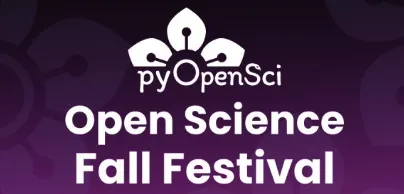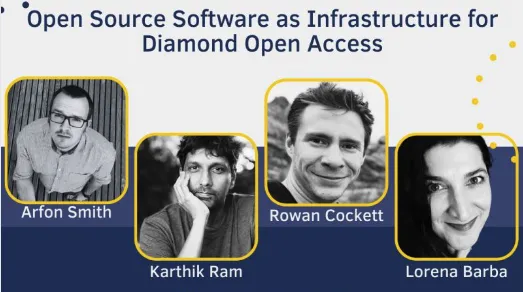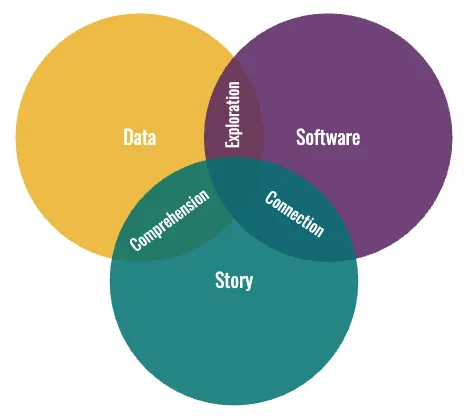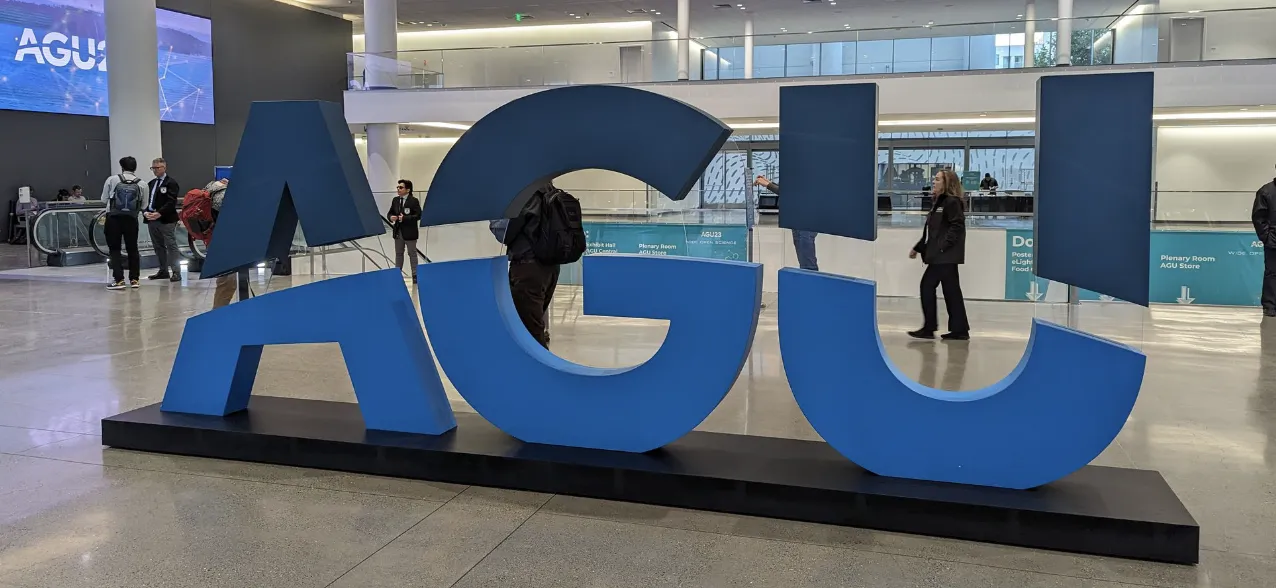A Constellation of Open Research
Reflections on the openRxiv Meeting — connecting preprints, data, and community to shape the future of open research.
Hot off the heels of the CZI Open Science 2025 meeting, the final day was dedicated entirely to the openRxiv community — and in many ways, it marked the launch of a new era for preprints. The day was about bringing together the people and organizations that have built, maintained, and championed preprints over the past decade, while introducing the newly formalized openRxiv organization and its leadership team.
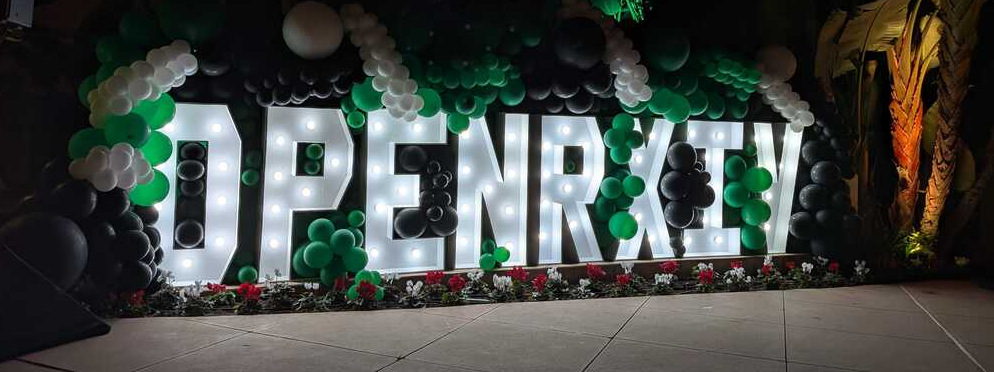
Figure 1:Celebration dinner for the openRxiv launch, opening in new possibilities to communicate scientific research and bring together the constellation of research outputs.
Setting the stage¶
The morning sessions served as both an introduction and a vision statement. Tracy Teal, Richard Sever, and John Inglis outlined openRxiv’s mission — not only to continue stewarding bioRxiv and medRxiv, but also to evolve them into a more connected, sustainable, and open ecosystem for sharing research.
Tracy walked us through early organizational steps: defining mission, values, and strategic direction, while also modernizing the technology stack and exploring new ways of engaging the community through openRxiv Labs. That spirit of experimentation — trying new overlays, interfaces, and ways to connect data, narrative, and peer review — resonated deeply with us at Curvenote.
The “article of the future”¶
A highlight of the morning was Richard Sever’s talk on The Article of the Future. He painted an inspiring picture of preprints as nodes in a constellation — connected to datasets, protocols, reviews, and registered reports across the open science landscape.
Quoting from his 2023 PLOS Biology paper Sever, 2023, Richard described a vision of “a constellation of linked web objects that include narrative (the article), data deposited in appropriate repositories, appropriately archived code and coding environments, verification badges, and any necessary protocols or preregistered research plans, amid a cloud of review and evaluation elements that accumulate over time.”
In this constellation, bioRxiv and medRxiv serve organizing and empowering functions for bringing the ecosystem together — linking with repositories, data stores, service providers, open APIs, and supporting platforms for replication, verification, validation, and peer review. The “article of the future”, as Richard envisions it, would support an open ecosystem of rapid scientific communication, journals, badging services, community reviews, and commenting platforms — all built around preprints as alternatives to the siloed, publisher-first world of traditional academic publishing.
It’s a vision we at Curvenote share — a future where research communication moves beyond static PDFs toward a rich, interconnected web of open scientific objects.
Lightning talks and community energy¶
After the morning plenaries came one of the most engaging parts of the day: the lightning talks. Eight speakers from across the openRxiv and broader preprint ecosystem shared short, rapid-fire presentations highlighting community-led initiatives, integrations, and new ideas for improving research communication.
Among them was Rowan Cockett, co-founder of Curvenote, who spoke about how Curvenote’s infrastructure weaves together code, data, and narrative to create more interactive and reproducible research experiences. You can watch his full talk below:
Figure 2:Rowan’s lightning talk on continuous and connected publishing at the OpenRXiv 2025 Meeting, in San Diego last week.
Rowan’s talk offered a glimpse of how the technologies we are building at Curvenote complement openRxiv’s efforts — creating pathways for preprints to integrate the constellation of research objects, to reinforce the connections and enhance research communication to become living, interactive documents, linked directly to underlying data, analyses and protocols.
Afternoon breakout sessions¶
The afternoon was devoted to breakout discussions — a chance for the community to dive deeper into pressing issues. One session focused on the challenges that LLM-generated content and paper mills pose for preprint servers, emphasizing the scale and urgency of the problem. Another explored the future of journals in a world where preprints are increasingly central — imagining what comes next when sharing early and open becomes the norm rather than the exception.
Use cases for scientific communication¶
Rowan Cockett and Tracy Teal ran a working session to collect use cases for what researchers, funders, tool builders, evaluators, and readers need from the future of scientific publishing. The message was consistent: the PDF-era is blocking how science is really used. People don’t just want “interactive papers,” they want every meaningful piece of a research object — a figure panel, a reagent table, a specific analysis step, a reviewer report — to be its own addressable, citable, licensed, credit-bearing object, not a buried screenshot. Readers (not just authors) need to be able to grab a single plot and use it in lab meeting, trace provenance, and drop evidence into conversation and decision-making. That requires open, interoperable metadata across the whole lifecycle (submission, review, curation, reuse), not just nicer HTML; it also demands fine-grained attribution so contributors, tool builders, and methods authors actually get visible credit. The group was clear that “executable research” can’t mean “upload all raw data or you’re noncompliant,” especially for sensitive work, and instead pushed for a more composable approach Cockett et al., 2025: expose what can be shared (parameters, environment, code context, figure lineage) in structured, machine-readable ways, and make that reusable by both humans and AI assistants. We also heard that incentives and design are part of the standard: surfacing contributor roles, making reuse obvious, and letting people cite individual components is how you actually shift behavior.
Looking forward¶
Across sessions, what stood out was the openness and collaboration of the community. Researchers, technologists, and publishers came together not just to discuss challenges, but to co-design the next steps for an integrated ecosystem built up around preprints.
The openRxiv meeting was a milestone — both a launchpad for a renewed organization and a gathering of the broader open science community.
At Curvenote, it reinforces the importance of infrastructure that connects the many parts of this growing constellation: data repositories, code archives, visualization tools, and preprints themselves.
We left feeling energized and optimistic about what’s ahead. openRxiv’s commitment to openness, interoperability, and community-driven innovation is exactly what the research ecosystem needs — and we’re proud to be part of that conversation.

